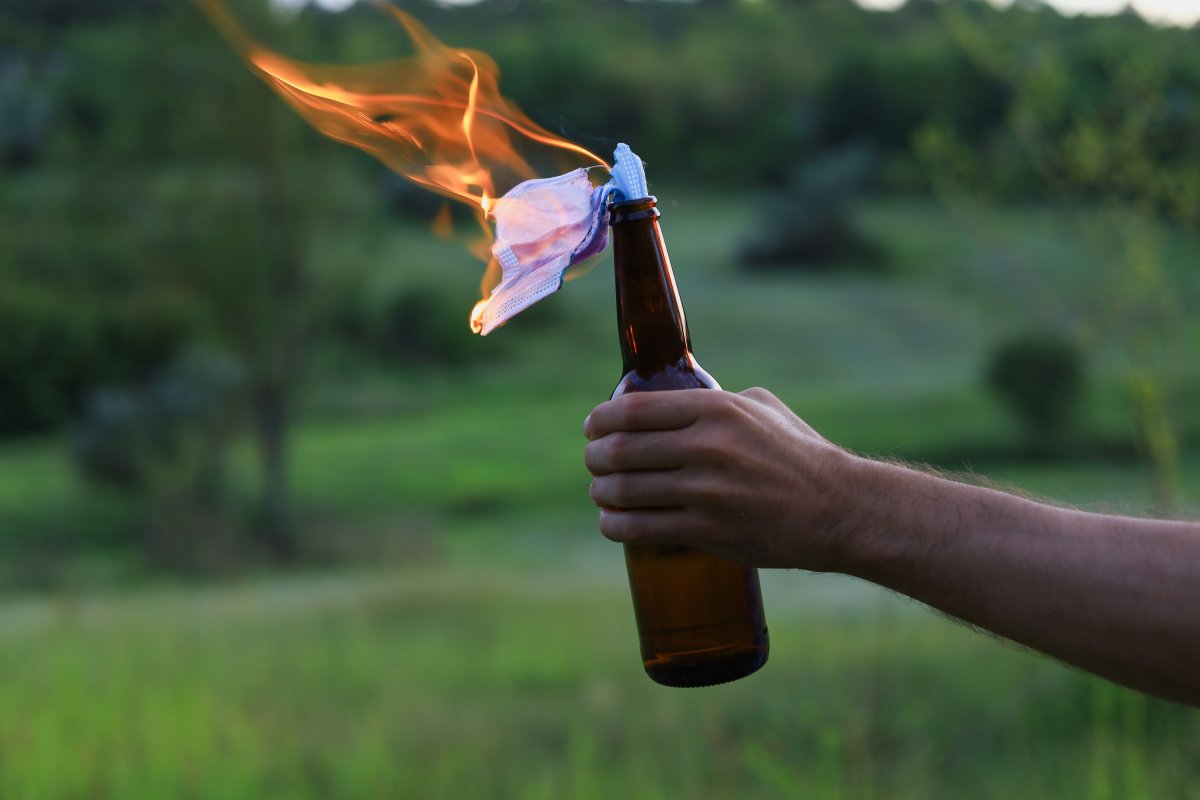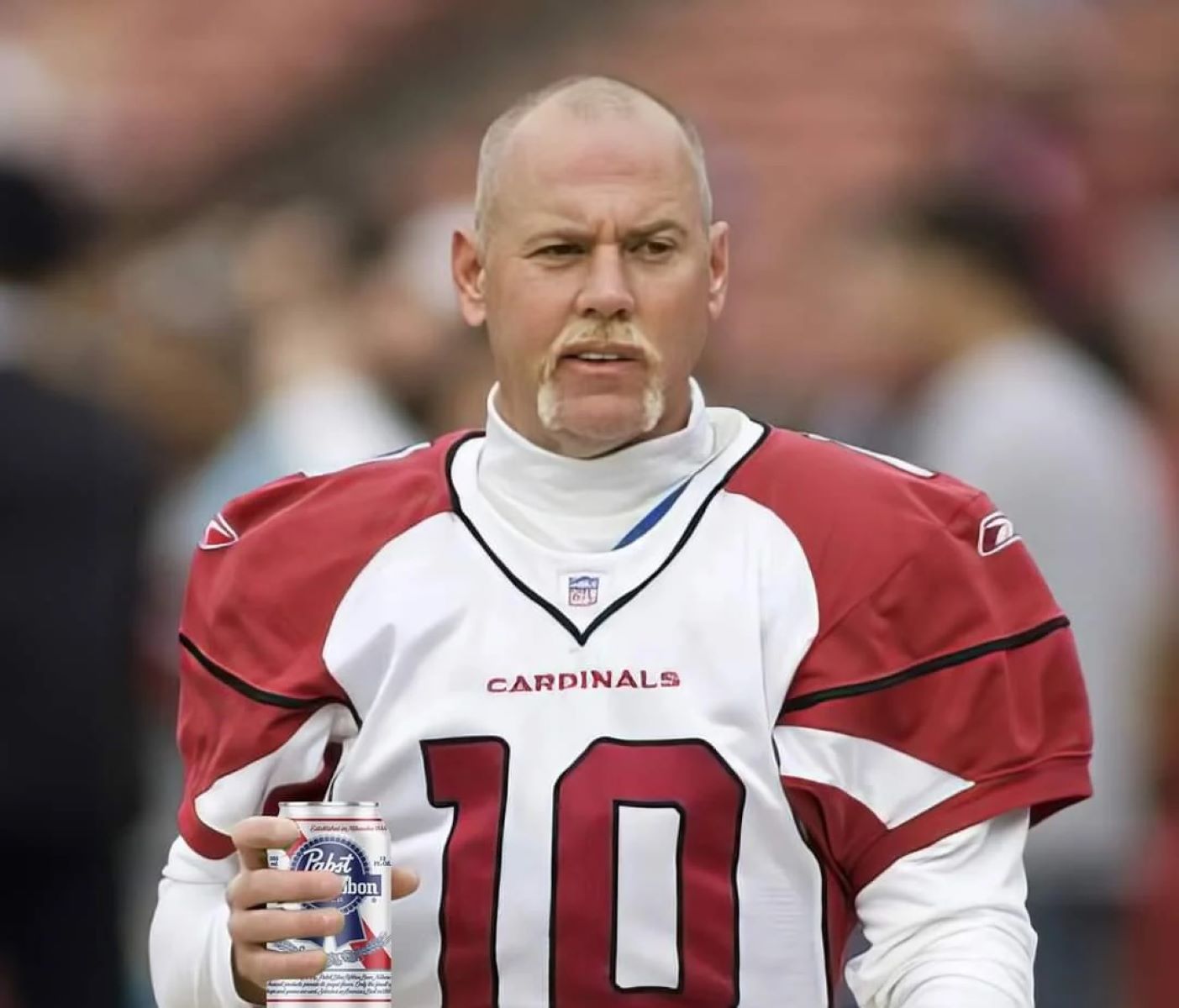
What exactly is a Molotov cocktail? It's a simple yet deadly weapon made from a glass bottle filled with flammable liquid, usually gasoline, with a cloth wick. When lit and thrown, the bottle shatters, spreading fire. Named after Vyacheslav Molotov, a Soviet politician, it gained notoriety during the Winter War between the Soviet Union and Finland. Molotov cocktails have been used in various conflicts and protests worldwide due to their ease of construction and effectiveness. Despite their simplicity, they are highly dangerous and illegal in many places. This article dives into 37 intriguing facts about this infamous incendiary device, shedding light on its history, usage, and impact.
Key Takeaways:
- The Molotov Cocktail, a homemade incendiary weapon, has a rich history of being used in conflicts and protests, symbolizing resistance and rebellion in popular culture.
- Despite its cultural impact, the use of Molotov Cocktails raises legal and ethical concerns, and as technology advances, its role in conflicts and protests may change.
Origins of the Molotov Cocktail
The Molotov Cocktail has a storied past, originating from conflict and ingenuity. Here are some fascinating facts about its beginnings.
- The Molotov Cocktail was first used during the Winter War between the Soviet Union and Finland in 1939-1940.
- Finnish soldiers coined the term "Molotov Cocktail" as a sarcastic reference to Soviet foreign minister Vyacheslav Molotov.
- Molotov claimed Soviet bombers were delivering food to starving Finns, which led to the nickname "Molotov bread basket" for the bombs.
- The Finns responded with "Molotov Cocktails" to "go with the food."
Composition and Mechanics
Understanding what makes a Molotov Cocktail work involves looking at its components and how they function together.
- A Molotov Cocktail typically consists of a glass bottle filled with a flammable liquid, usually gasoline or alcohol.
- A rag soaked in fuel is stuffed into the bottle's neck, acting as a wick.
- When ignited and thrown, the bottle shatters on impact, spreading the flammable liquid and igniting it.
- The simplicity of its design makes it easy to produce with readily available materials.
Usage in Warfare
The Molotov Cocktail has been a weapon of choice in various conflicts due to its effectiveness and ease of production.
- During World War II, both Axis and Allied forces used Molotov Cocktails.
- The British Home Guard was trained to use them against potential German invasions.
- In the Warsaw Uprising of 1944, Polish resistance fighters used Molotov Cocktails against German tanks.
- The Vietnam War saw extensive use of Molotov Cocktails by the Viet Cong.
Symbol of Resistance
Beyond its practical use, the Molotov Cocktail has become a symbol of resistance and rebellion.
- The 1968 Paris student riots featured Molotov Cocktails as a prominent tool of protest.
- During the Arab Spring, protesters in Tunisia, Egypt, and Libya used Molotov Cocktails against government forces.
- In the 2014 Ukrainian revolution, they were a common sight in clashes between protesters and police.
- The Hong Kong protests of 2019-2020 also saw widespread use of Molotov Cocktails.
Legal and Ethical Considerations
The use of Molotov Cocktails raises significant legal and ethical questions.
- In many countries, possessing or using a Molotov Cocktail is illegal and can result in severe penalties.
- International humanitarian law considers the use of incendiary weapons against civilians a war crime.
- Despite their effectiveness, Molotov Cocktails can cause indiscriminate harm, affecting both combatants and non-combatants.
- Ethical debates continue over their use in both warfare and civil unrest.
Cultural Impact
The Molotov Cocktail has left a lasting mark on popular culture, appearing in various forms of media.
- Films like "The Battle of Algiers" and "Children of Men" depict the use of Molotov Cocktails in revolutionary contexts.
- Video games such as "Grand Theft Auto" and "Call of Duty" feature Molotov Cocktails as weapons.
- Punk rock bands often reference Molotov Cocktails in their lyrics, symbolizing rebellion and anti-establishment sentiments.
- Street art and graffiti frequently depict Molotov Cocktails as icons of resistance.
Modern-Day Usage
Even in contemporary times, the Molotov Cocktail remains relevant in various scenarios.
- During the 2020 George Floyd protests in the United States, Molotov Cocktails were used in clashes with police.
- In the ongoing Syrian Civil War, various factions have employed Molotov Cocktails.
- Environmental activists have occasionally used Molotov Cocktails in protests against deforestation and climate change.
- The 2021 Myanmar protests saw demonstrators using Molotov Cocktails against military forces.
Variations and Innovations
Over time, different variations and innovations of the Molotov Cocktail have emerged.
- Some versions use motor oil mixed with gasoline to create a longer-lasting fire.
- Others incorporate chemicals like Styrofoam to produce a napalm-like substance.
- In some cases, Molotov Cocktails are modified with additional explosives for greater impact.
- Homemade launchers have been devised to throw Molotov Cocktails over longer distances.
Famous Incidents
Certain incidents involving Molotov Cocktails have become infamous, highlighting their impact.
- The 1992 Los Angeles riots saw widespread use of Molotov Cocktails, contributing to the destruction.
- In 2008, Greek anarchists used Molotov Cocktails during the Athens riots, leading to significant property damage.
- The 2011 London riots featured Molotov Cocktails in confrontations between rioters and police.
- In 2019, Chilean protesters used Molotov Cocktails during demonstrations against economic inequality.
The Future of the Molotov Cocktail
As technology and tactics evolve, the role of the Molotov Cocktail in conflicts and protests may change.
- Advances in surveillance and countermeasures could reduce the effectiveness of Molotov Cocktails.
The Final Word on Molotov Cocktails
Molotov cocktails have a storied history, from their origins in the Spanish Civil War to their use in various conflicts and protests. These makeshift incendiary devices, named after Soviet politician Vyacheslav Molotov, have been both a symbol of resistance and a tool of destruction. Despite their simplicity, they pack a powerful punch, making them a go-to for those without access to conventional weapons.
Understanding the facts about Molotov cocktails sheds light on their impact and the reasons they continue to be used. Whether viewed as a weapon of the oppressed or a dangerous tool, their significance in history can't be denied. As with any weapon, the context of its use defines its legacy. So, next time you hear about a Molotov cocktail, you'll know the deeper story behind this infamous device.
Frequently Asked Questions
Was this page helpful?
Our commitment to delivering trustworthy and engaging content is at the heart of what we do. Each fact on our site is contributed by real users like you, bringing a wealth of diverse insights and information. To ensure the highest standards of accuracy and reliability, our dedicated editors meticulously review each submission. This process guarantees that the facts we share are not only fascinating but also credible. Trust in our commitment to quality and authenticity as you explore and learn with us.


